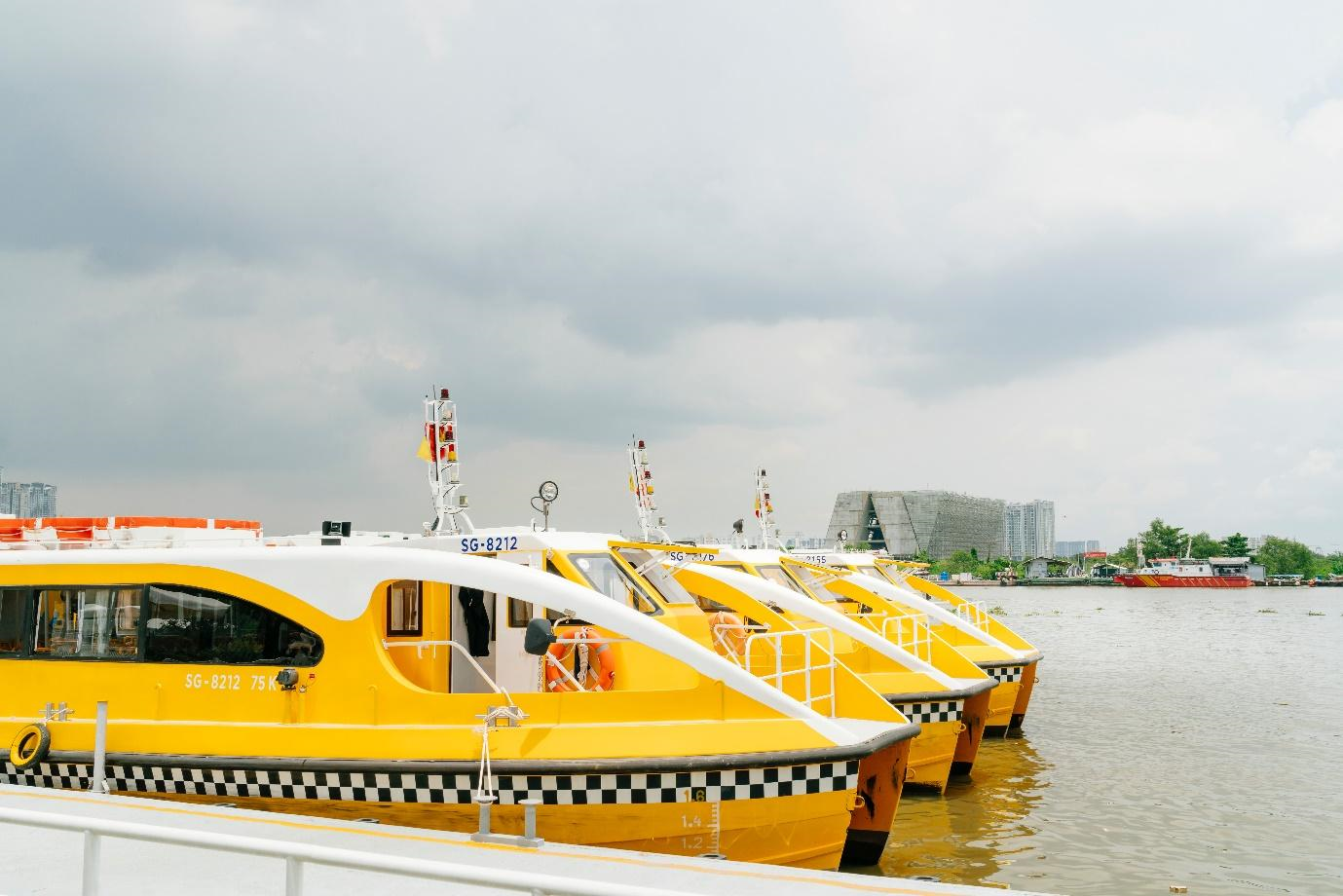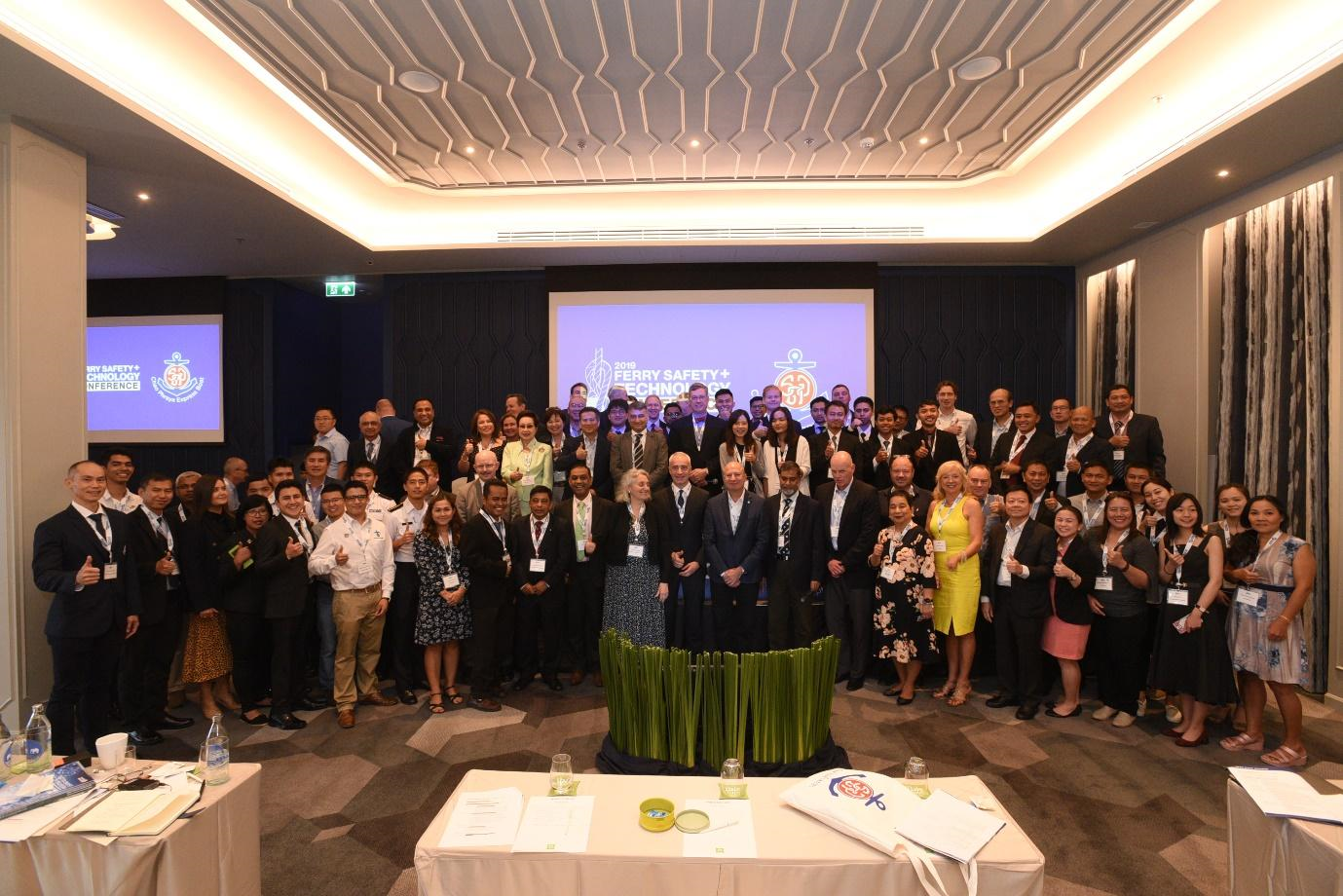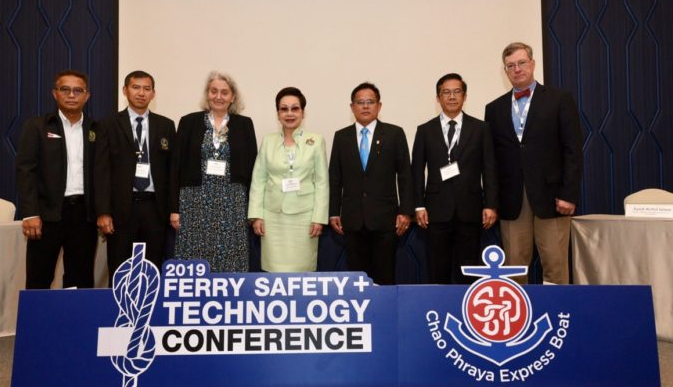
The iconic Ho Chi Minh City's Waterbus in Vietnam was introduced by the government to ease the city's horrendous traffic (Photo by Tuan Nguyen Minh on Unsplash)
For many people in the world, ferry travel is not an alternative mode of transport: ferries are the primary means to transport people between urban areas and their rural homelands, to trade with others, and for daily commutation. According to Interferry, an international ferry association, the global ferry industry transports approximately 2.1 billion passengers per year excluding China. To put this into perspective, this number translates to half the size of the commercial airline industry!
In populous countries such as Bangladesh, Indonesia and the Philippines, ferries are a major mode of transport because of the nations' inherent geographies - river delta or archipelago - and the relatively low cost of ferry transport. Ferry safety is important simply because many lives are at stake and people must be able to trust waterborne transport to use it.
With increasing challenges such as climate change threatening ferry safety, technology has stepped in to improve safety in this digital age.
Improving ferry systems
100 years ago in New York City, over 1,000 people on a Sunday school boat excursion perished in sight of land on a clear June day. There were numerous systematic failings that caused the fire and underlay the perniciously poor response which caused the fatalities. At that time, there was no established way to investigate maritime casualties. Among the lessons learnt was the importance of undertaking in-depth investigative analyses and making the findings public so that all sectors of the maritime community can learn from them.
Today, a database of global ferry accidents is maintained by the Worldwide Ferry Safety Association (WFSA). The database, which is generated from media reports, is used for investigations into causes and seek out solutions, which can then be shared with the ferry community.
As part of their efforts to improve ferry safety, WFSA helps to implement the Automatic Identification Systems (AIS) for domestic ferries worldwide. Dr. Roberta Weisbrod, Executive Director of WFSA highlighted that while the AIS is mandated by IMO, many developing nations have not enforced their implementation in the domestic arena.
"In addition to helping vessels avoid collisions, AIS can be a tremendously powerful tool for managing and planning ferry systems. We see our role as brokering the placement of free antennas and offering training to operators," she said. "We also encourage the development of low-cost AIS transceivers."
Dealing with climate change
Today however, it is not adequate to just improve ferry systems. Climate change has led to more inclement weather conditions which makes for more dangerous seas. In the southern hemisphere alone, there are increasing reports of sudden big waves and storms with very strong winds. This makes sea navigation particularly challenging as winds and waves can destabilise and capsize vessels.
Currently, despite advances in satellite observations and computer models, predictions for sudden hazardous weather are not precise with respect to local areas and time of occurrence.
"Drilling down into the cause of recent accidents, we learnt that in some cases, hazardous weather had been predicted for in eight-hour blocks, which make these predictions not very actionable for ferry operators," explained Dr. Weisbrod.
In part, this is due to the lack of ground level weather monitors near ferry routes, she said. With a network of monitors available, the movement of a weather pattern in a local area could be closely tracked to predict when it would arrive in a particular area.
To address the problem, she said, "We are currently working with our colleagues in academia on an initiative which we are very excited about - developing low-cost automatic weather monitors for ferry landings. Shortly thereafter, the monitors for placement on ferries will be tested."
Big data collected from the network system will be analysed to achieve more accurate predictions of the timing and location of sudden hazardous weather, Dr. Weisbrod explained. These weather monitors will be tested for several months in New York Harbour prior to deployment in the Philippines.
Addressing the human factor
Globally, the most common and persistent challenge in ferry safety is the human factor. This includes not taking proper actions to prevent accidents and not being properly prepared to respond to them. These factors may often be the case of crew with limited skill and training, explained Dr. Weisbrod.
"With new technology such e-learning and training can be greatly improved. The flexibility of such web-based learning also allows mariners to learn at their own pace," said Dr. Weisbrod.
Additionally, augmented reality has also been utilised to improve on-board learning by helping mariners visualize vessel structures in three dimensions. However, Dr. Weisbrod cautioned that such technology that depend on algorithms and artificial intelligence to assist human decision-making should be totally transparent with the assumptions used.
While the road ahead may be challenging, Dr. Weisbrod believes that global ferry safety can improve. She cited how Bangladesh has reduced the number of fatalities in recent years by improving government regulations among other measures.

Attendees of the 2019 Ferry Safety and Technology Conference by WFSA
Speaking at the 2019 WFSA conference in Bangkok, Bangladesh Director General of Shipping attributed reduction of fatalities to strict control of vessel design and construction to ensure stability, maintaining a database of vessels, trainings and on the spot enforcement by mobile courts.
"Bangladesh had been one of the top three nations with ferry fatalities but in the last three years, they have cut the number to zero - and that was not an accident!" she said.
About Worldwide Ferry Safety Association (WFSA)

Dr. Roberta Weisbrod (third from left) with Thailand officials at WFSA’s 2019 Ferry Safety and Technology Conference
The Worldwide Ferry Safety Association (WFSA) mission is to reduce ferry fatalities and expand safe ferry operations globally. WFSA maintains a database of fatalities, conduct and commission in-depth research into causes and solutions, and disseminate relevant information by posting on their website, publishing in journals, and presenting analyses at conferences. Major initiatives include the annual Ferry Safety and Technology Conference and the Annual International Student Design Competition for a safe affordable ferry.


